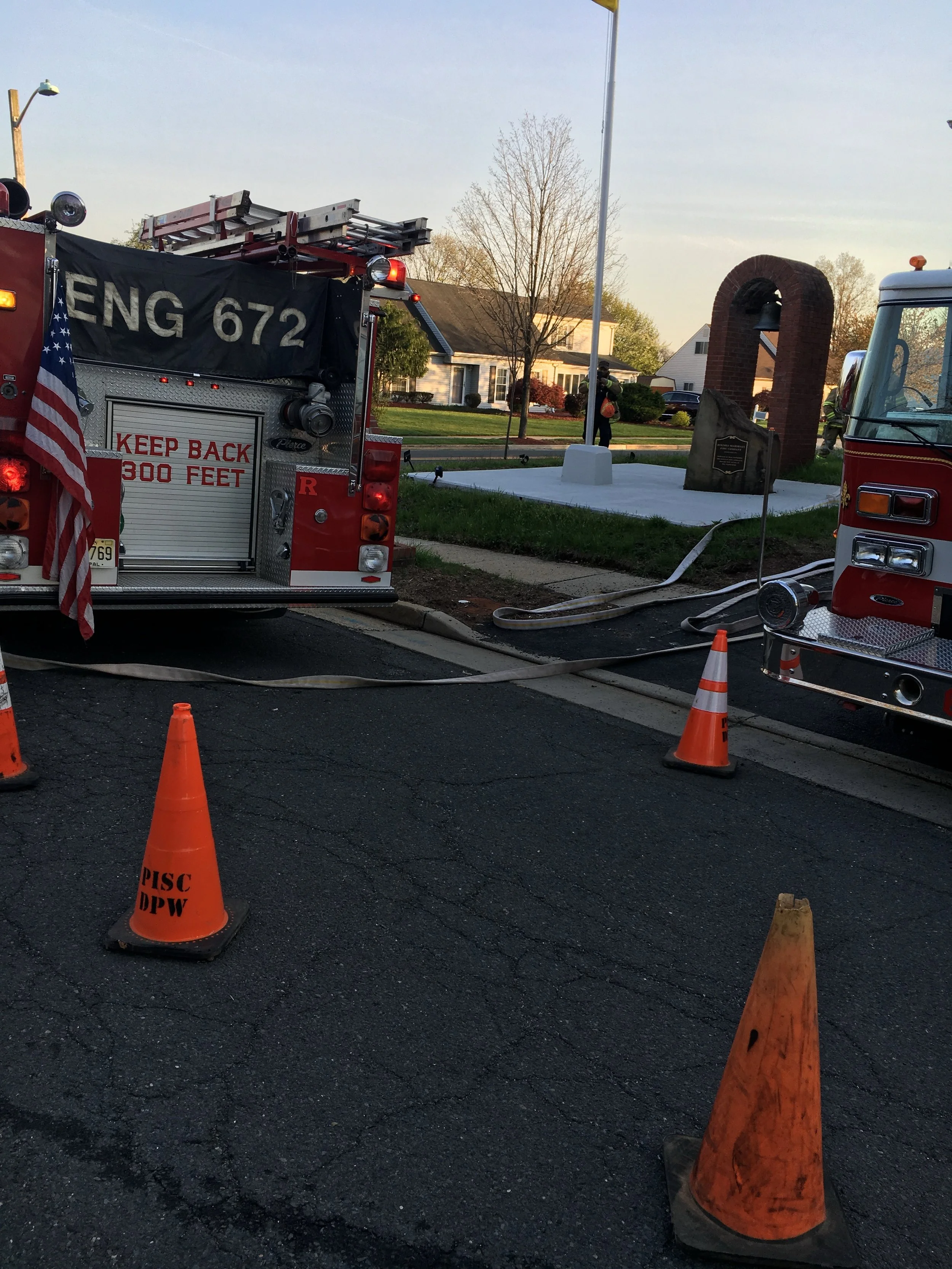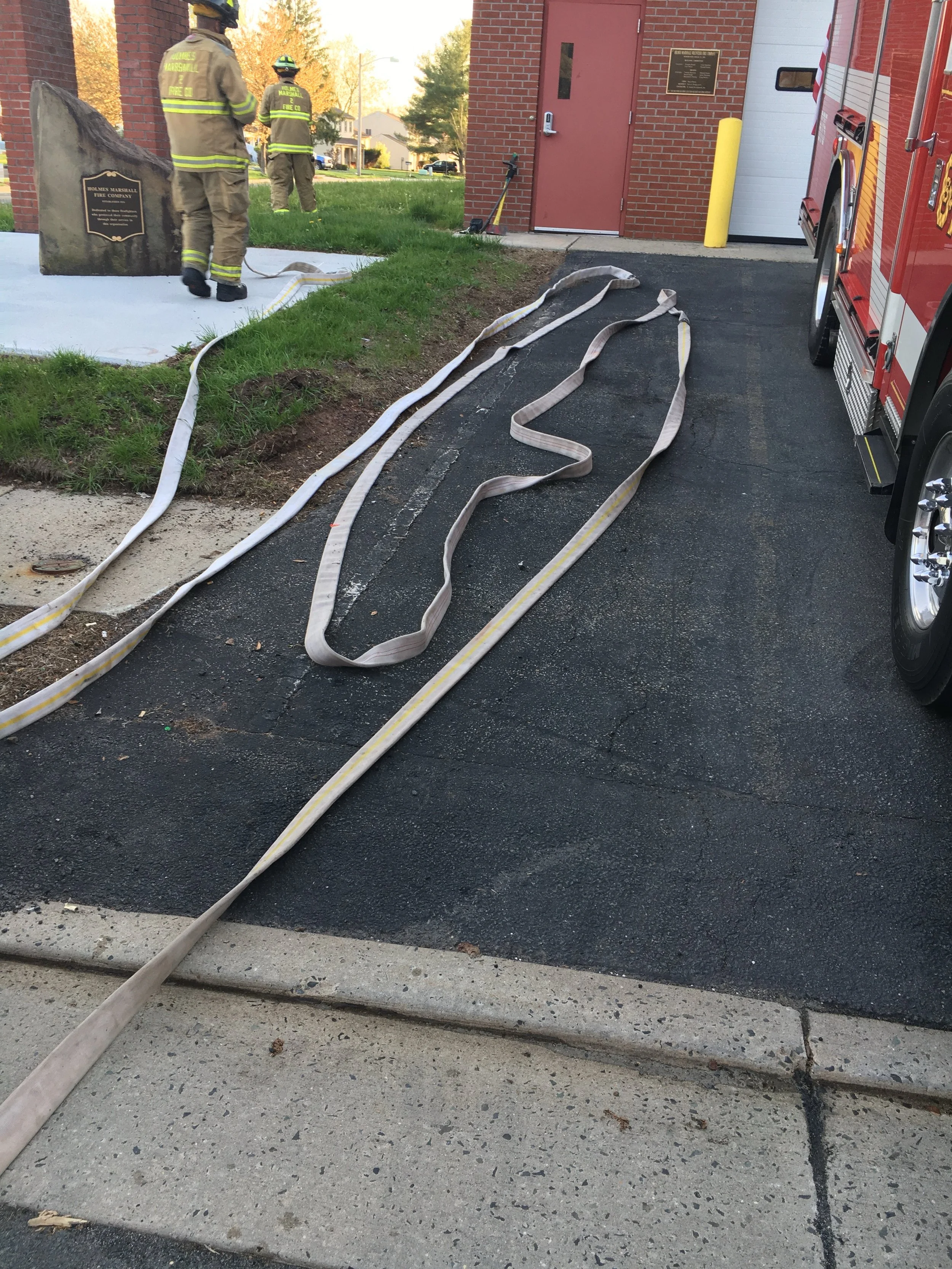Train To Your Environment
The aspect of firefighting is hard. There is no way to sugarcoat it and it is obviously not like what we see on TV nowadays. In order to understand our job and to build a callous to difficulty of the job, we need to train and train to our environment.
What do I mean by train to our environment. This is where we train with a scenario-based mentality to put ourselves in simulated situations as if they were to occur or have occurred on the fireground (ie. The Denver Drill or Pittsburgh Drill). Both of those were developed from line of duty incidents in their respective cities and in turn became part of rapid intervention training. Hence, training to and for our environment.
The more we cater our training to our environment, the better understanding we have of what we are going in to. Also, it helps us eliminate the fear of what we do not know. It is more difficult to search a room under fire conditions in a real life incident if you haven't been exposed to smoke filled environments since your days in the fire academy and do not get many fires. Therefore we must develop training scenarios to mimic these incidents so we have more confidence when responding to the actually incident.
Here's a few reasons why training to our environment is important
Helps gain confidence in your skills and your ability to understand the job at hand
Helps gain confidence in those your work with
Increases your situational awareness of the job
Training to our environment not only helps us develop our skills but also develop our teamwork with our crew by building a connection with one another and understanding the strengths and weaknesses of each other. Furthermore, it assists in guiding our understanding of what should be done as opposed to what is happening along with helping us identify when things do not look right and forecasting the future of the incident.
I do agree with practical applications of various tasks such as hoseline deployment in open areas to understand the basic of such work, the weight of hoseline pressures and getting comfortable with each lines maneuverability. This same methodology goes into areas such as forcible entry, rope rescue and motor vehicle extrication. It is always good to train outside of situational based scenarios and go over the mechanics of the work however it is only the beginning.
The same goes for sports and for this example baseball. No matter how great a hitter or pitcher is. Every hitter throughout their career hits off a tee and every pitcher throws off solid ground before they see live pitching or throws of the mound. So to be successful as an individual firefighter and as a crew, train for the environment but continue to practice the basic mechanics of the job.
Until next time, work hard, stay safe & live inspired.


